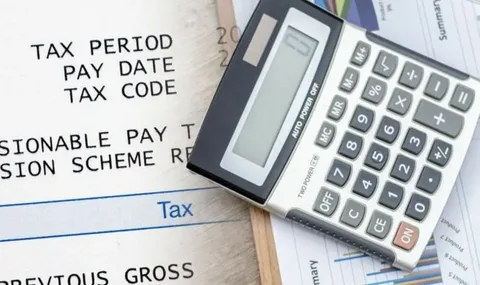
The BR (Basic Rate) tax code is commonly assigned by HM Revenue & Customs (HMRC) in the UK. It indicates that all your income is taxed at the basic rate, without considering your tax-free personal allowance. Understanding this BR Tax Code is crucial to avoid overpayment or underpayment of taxes.
When is the BR Tax Code Used?
The BR tax code is typically used in specific scenarios, such as:1. Second Jobs or Multiple Income Sources
If you have more than one job or income source, your personal allowance is usually applied to your main job. The BR code is then assigned to your secondary income source, ensuring it is taxed at the basic rate.2. Starting a New Job
Employers may temporarily assign the BR tax code when you begin a new job, especially if they haven’t received your P45 or full details from HMRC.3. Incorrect or Missing Employee Information
If there’s a delay in communication between your employer and HMRC, the BR tax code might be used until your correct tax situation is clarified.How is Income Taxed Under the BR Tax Code?
The BR tax code applies the basic rate of 20% to all your earnings from the relevant income source. For instance, if you earn £1,000 from a secondary job, £200 (20%) will be deducted as tax.Common Misconceptions About the BR Tax Code
1. It Means You’re Paying Extra Tax
While the BR tax code doesn’t consider your personal allowance, it doesn’t necessarily mean you’re paying extra tax. It’s designed to prevent underpayment, but you may need to claim a refund if you’ve overpaid.2. It’s a Permanent Code
The BR tax code is often temporary and can be adjusted once HMRC receives accurate information about your income.How to Resolve BR Tax Code Issues
If you believe you’ve been incorrectly assigned the BR tax code, follow these steps:1. Check Your Tax Code Notice
HMRC issues a tax code notice outlining how your code is calculated. Verify its accuracy and look for any discrepancies.2. Contact HMRC
If you suspect an error, contact HMRC directly. They can assess your situation and adjust your tax code accordingly.3. Update Your Employer
Ensure your employer has accurate and up-to-date information, such as your P45 or starter checklist details.4. Claim a Tax Refund
If you’ve overpaid due to the BR tax code, you can claim a refund from HMRC. This can be done online or through a written application.Can the BR Tax Code Affect Your Take-Home Pay?
Yes, the BR tax code can temporarily reduce your take-home pay because it taxes all income at 20%, without factoring in your personal allowance. However, any overpayments can usually be refunded once your correct tax code is applied.Tips to Avoid BR Tax Code Errors
- Always Submit Your P45: When starting a new job, provide your P45 to your employer promptly.
- Complete the Starter Checklist: If a P45 is unavailable, fill out HMRC’s starter checklist accurately.
- Monitor Your Payslips: Regularly check your payslips to ensure your tax code is correct.
- Communicate Changes to HMRC: Inform HMRC of any changes in your employment or income situation.